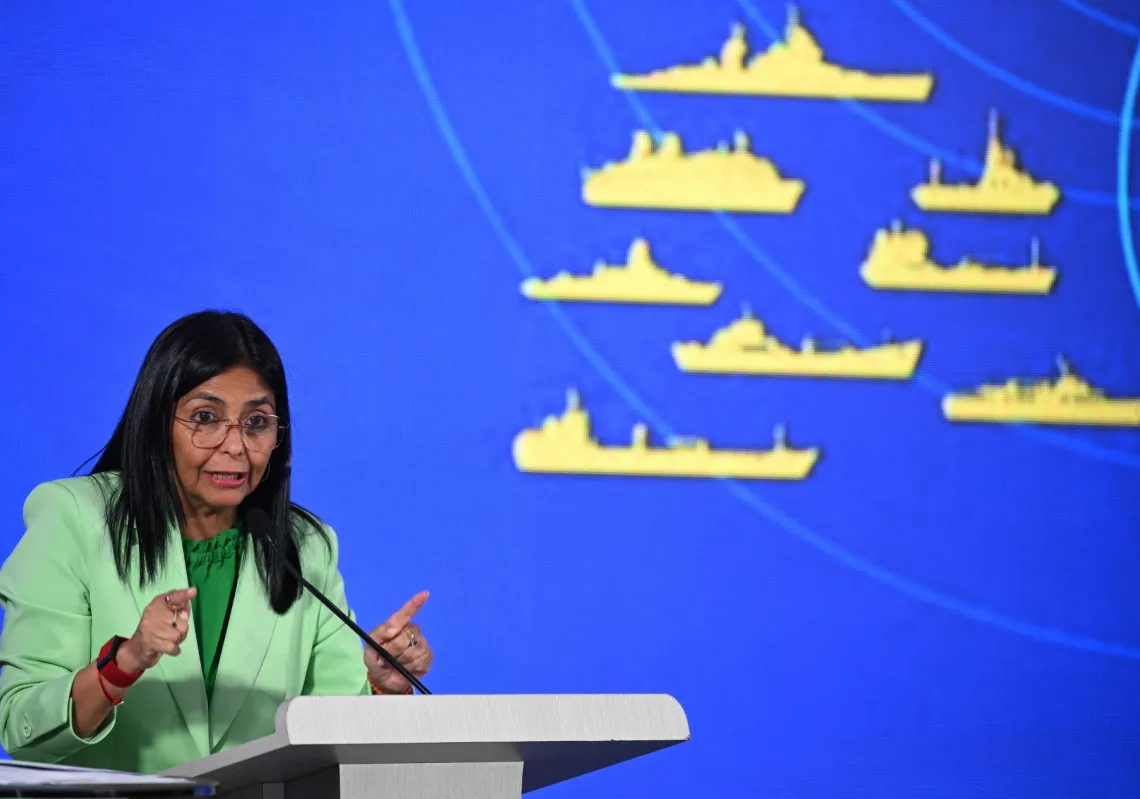Published at a time of undoubted global economic challenges, the ninth annual report on Saudi Vision 2030 showed that several targets are being exceeded despite the difficult conditions.
The second phase of the Vision (2021-25) is nearing completion and there are positive outcomes noted, not least in the Saudi public sector, including a move to long-term strategic planning methodologies, the maturation of financial planning mechanisms, the development of economic measurement tools, and the accumulation of performance expertise within the government ecosystem, similar to the private sector.
The introduction to the report by King Salman bin Abdulaziz Al Saud notes: "We praise God for the remarkable progress our nation has achieved in less than a decade—progress that has positioned Saudi Arabia as a global benchmark for transformation. We take great pride in the unwavering dedication of our citizens, whose efforts have laid the foundations for a new era of growth. Together, we carry the journey of progress forward, united in shaping the future of our country for generations to come."
For his part, Crown Prince Mohammed bin Salman bin Abdulaziz Al Saud notes: "Nine years into Vision 2030, we stand proud of what our people have accomplished. They have turned ambition into action and goals into milestones. We have not only met key targets—we have surpassed many. Looking ahead, our resolve is stronger than ever. We will accelerate delivery, embrace every opportunity, and further elevate the Kingdom’s position as a global leader."
Notable successes
There have been significant strides in developing young Saudi leaders, which have helped transform the approach to economic and social policymaking and infrastructure development, closely linking them to the 2030 Vision and its objectives.
The Kingdom has played a key political role both regionally and internationally through the G20 and international financial institutions and funds. It has also strengthened bilateral relations, both within the Arab world and globally.
The National Transformation Programme and the empowerment of Saudi citizens have been central to the success of Vision 2030, with strong engagement from young Saudis and an unprecedented 33.5% workforce participation rate among Saudi women.

The Vision’s initial target in this metric was 30%, so the revised ambition is now 40% by 2030. Of the 1.6 million commercial registrations last year, 41% were owned by women.
According to the 2024 progress statistics, 93% of performance indicators for programmes and strategies met or nearly met their annual targets. Of 374 indicators, 299 were fully achieved (257 exceeding targets), and 49 were close to achievement. Real gross domestic product (GDP) growth of 1.3% for 2024 was driven mainly by non-oil sectors, which registered the highest growth rates, meaning that real non-oil GDP growth was 3.9%.
Saudi private sector
Unemployment remained below 7% in 2024, representing a 12.3% improvement from the end of 2016. This is largely due to increased economic opportunities across various sectors, driven by small- to medium-sized enterprises (SMES).
The private sector's contribution to GDP reached 47%, just above its target for 2024, with the aim of it accounting for 65% by 2030, but foreign direct investment (FDI) came in at $20.69bn by the fourth quarter of 2024, against a target of $29.07bn.
The Public Investment Fund (PIF), Saudi Arabia's sovereign wealth fund, believes that the private sector is "the most important strategic permanent partner that plays a crucial role in our success". The PIF stated that this cooperation continues to develop and activate roles, enabling the private sector to uncover investment opportunities.
The organisation aims to increase local content in PIF giga-projects and its portfolio companies to 60%. PIF assets under management increased to $941bn in 2024, exceeding its target of $880bn, but in other areas, targets were not hit. Non-oil exports still accounted for only 25.2% of GDP in 2024, for instance, short of the 35% target.

Overall impact
In many areas, however, the targets were met or exceeded, including the number of foreign Umrah pilgrims (16.9 million), the number of Saudi sites on the UNESCO World Heritage List (8), life expectancy (78.8 years), and the percentage of Saudi home ownership (65.4%).
The private sector's contribution to the Kingdom's GDP has reached 47%, and the non-oil GDP was $680.9bn, slightly less than the target of $694.7bn. With the Kingdom seeking to strengthen its non-oil sectors, growth was noted as "especially strong" in the wholesale and retail, hospitality, transportation, logistics, and technology sectors.
This reflects a fundamental shift in Saudi investment philosophy, moving away from oil dependency and focusing instead on attracting private sector investment, in which the PIF has played a pivotal role.
Industrial diversification, particularly in mining (the world's fastest-growing sector), automotive and military industries, alongside investments in artificial intelligence (AI), healthcare, and pharmaceuticals, has become the third pillar of the Kingdom of Saudi Arabia's economy.
Industrial support has been diversified, resulting in remarkable progress, as evident in the increasing number of industrial establishments and both local and foreign investments. The number of active factories in the Kingdom rose to 12,000 in 2024, up from 7,206 in 2016.














